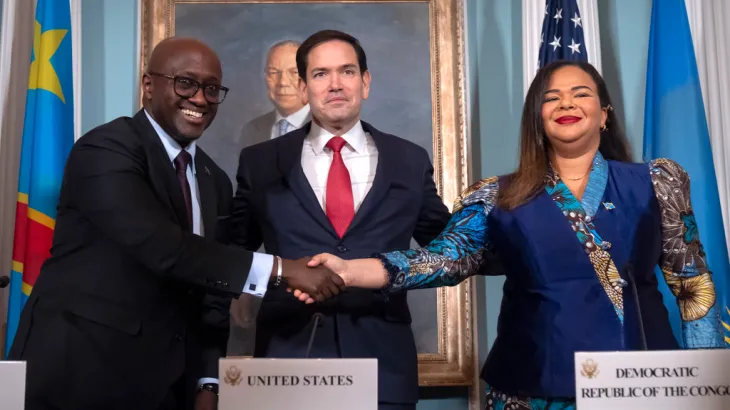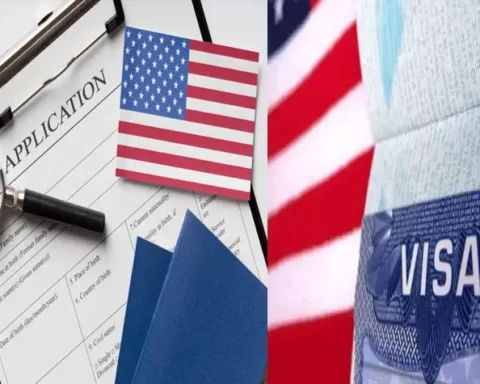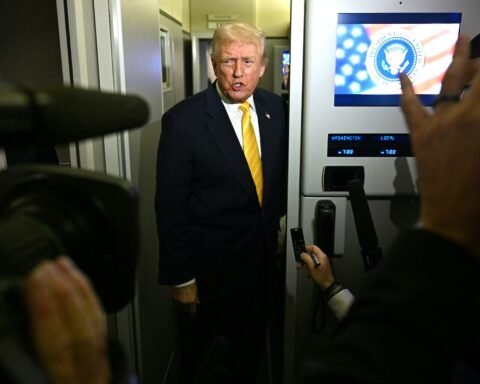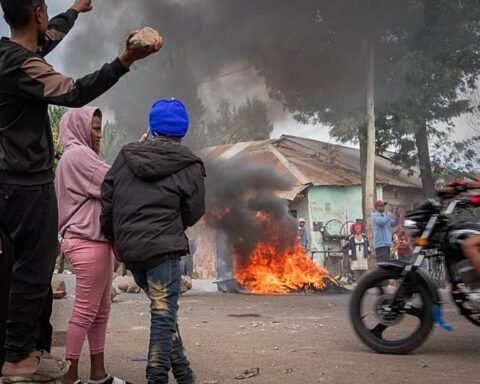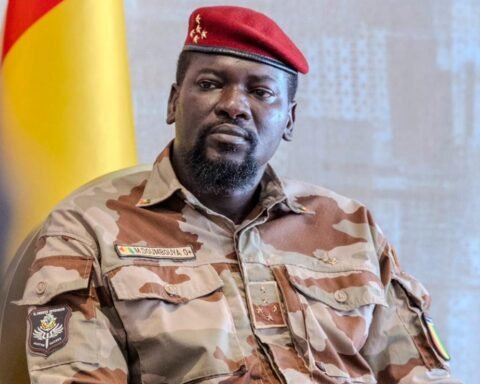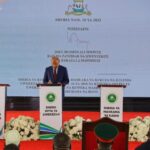The Republic of Rwanda and the Democratic Republic of the Congo (DRC) have formally agreed on an economic integration framework, marking a step forward in their fragile path to peace.
The agreement, signed in Washington, D.C. in June 2025, is the outcome of months of diplomacy supported by the United States State Department and the State of Qatar. The framework was outlined last Friday, detailing areas of cooperation ranging from infrastructure to public health, and the formalization of mineral supply chains.
According to the State Department, the framework also highlights regional partnerships in managing national parks, developing renewable energy, and enhancing transport connectivity. The goal is to strengthen mutual economic interests and create a buffer against the resurgence of armed conflicts in the mineral-rich Great Lakes region.
For decades, ties between Kigali and Kinshasa have been marred by political suspicion, border skirmishes, and accusations over the backing of rebel groups like M23. Much of the tension stems from the control and exploitation of Congo’s vast reserves of gold, cobalt, and coltan—critical minerals used in the global electronics and electric vehicle industries.
This framework offers a rare opportunity to formalize these sectors and address the illicit mineral trade, which has long fueled violence and exploitation. Both nations have pledged to adopt value addition strategies, focusing on in-country mineral processing and ethical sourcing, while working with regional blocs and international observers to ensure transparency.
As part of the peace roadmap, a Joint Oversight Committee was formed to monitor the implementation of the Washington Agreement. This body, supported by representatives from the African Union (AU), the U.S., and Qatar, is tasked with enforcing accountability, reporting on milestones, and mediating disputes as they arise.
Also Read; Sri Lankans Among Seven in Massive Tanzania Drug Bust
In addition to mineral governance, the countries plan to jointly manage transboundary resources like Lake Kivu and boost biodiversity protection in parks such as Virunga National Park and Nyungwe Forest.
Despite these diplomatic gains, realities on the ground remain troubling. In July alone, the United Nations reported that M23 rebels killed at least 319 civilians in eastern Congo, a stark reminder of how fragile peace remains. Efforts to demobilize armed groups and stabilize conflict zones have so far faced logistical and political setbacks.
Observers warn that without genuine military disengagement and community-led peacebuilding, economic deals may remain symbolic rather than transformative.
With global interest in Africa’s mineral wealth at an all-time high—especially in lithium and rare earth elements—the success or failure of this agreement could have far-reaching consequences. Investors are closely monitoring developments in the clean energy supply chain, while humanitarian groups emphasize the need for inclusive development and human rights protections.
Should this framework evolve into real, long-lasting cooperation, it could mark a turning point not only for Rwanda and DRC but for regional integration across Central Africa. For now, cautious optimism prevails—driven by diplomacy, but tested by the weight of history.

